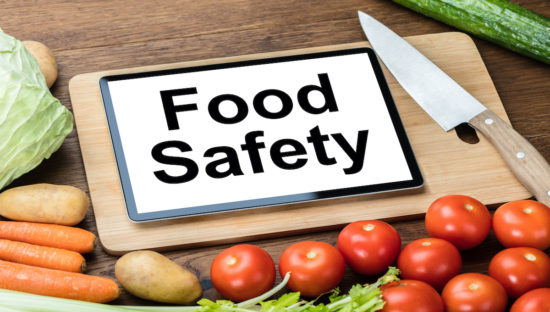Greece has reported a rise in Salmonella and Campylobacter infections in 2024 compared to the year before, according to recently released data.
The Hellenic Statistical Authority (ELSTAT) announced the data on infectious diseases for 2024 based on information from the Hellenic National Public Health Organization (EODY). The organization records and verifies reported cases of infectious diseases through its epidemiological surveillance system, based on mandatory reporting.
Data on the six most common diseases in Greece in 2024 included Salmonella and Campylobacter.
Compared to 2023, salmonellosis increased from 936 to 1,052 notifications. Cases peaked mainly in the summer months. August saw the most infections with 210 while the lowest was in February and March, both with 28.
Salmonella Enteritidis was the most common serotype, followed by Salmonella Typhimurium.
Main pathogens and outbreaks
There were 908 Campylobacter infections with an increasing trend from May to October. Compared to 2023, an increase of 37.8 percent was observed. In May 2024, 140 patients were recorded compared to 51 in December.
The most Salmonella infections were in the regions of Attiki, Kentriki Makedonia, and Peloponnisos. Notio Aigaio only recorded seven salmonellosis cases.
For Campylobacter, patients mainly came from Attiki, Kentriki Makedonia, and Kriti. Dytiki Makedonia and Voreio Aigaio both had only one case each.
In 2024, 26 Listeria infections were recorded, down from 31 in 2023. There were also 28 Shiga toxin-producing E. coli (STEC) infections, up from 22 in 2023.
The EODY data shows there were 68 foodborne outbreaks in 2024 compared to 57 in 2023.
Salmonella caused 42 of these while the rest were because of other bacteria, viruses, and parasites, with the agent unknown for several epidemics.
A waterborne Salmonella Bovismorbificans outbreak had 144 cases, of which 20 were confirmed. A Staphylococcus aureus outbreak affected 38 people, of which four were confirmed. A meat product was the suspected source.
(To sign up for a free subscription to Food Safety News, click here)



